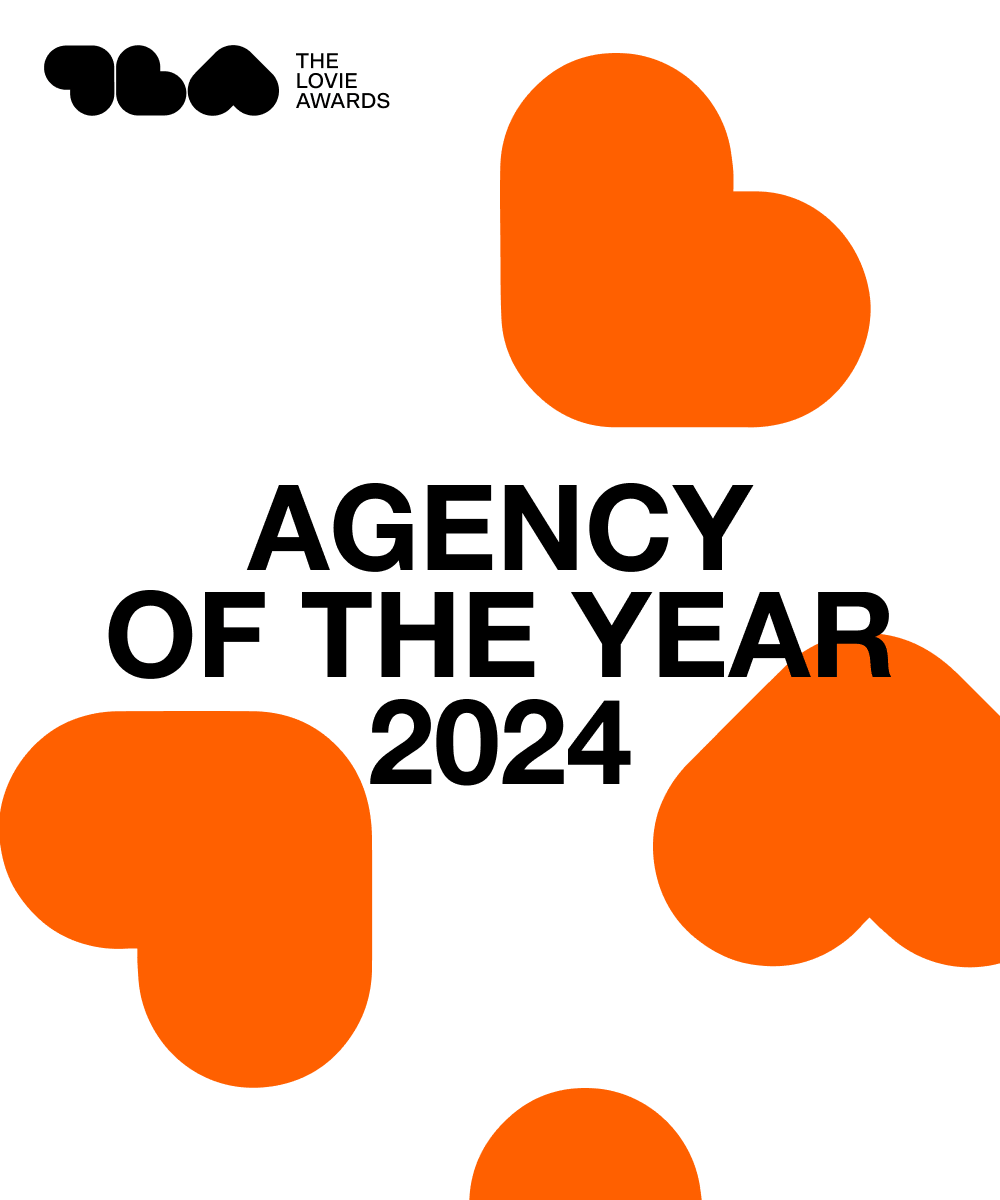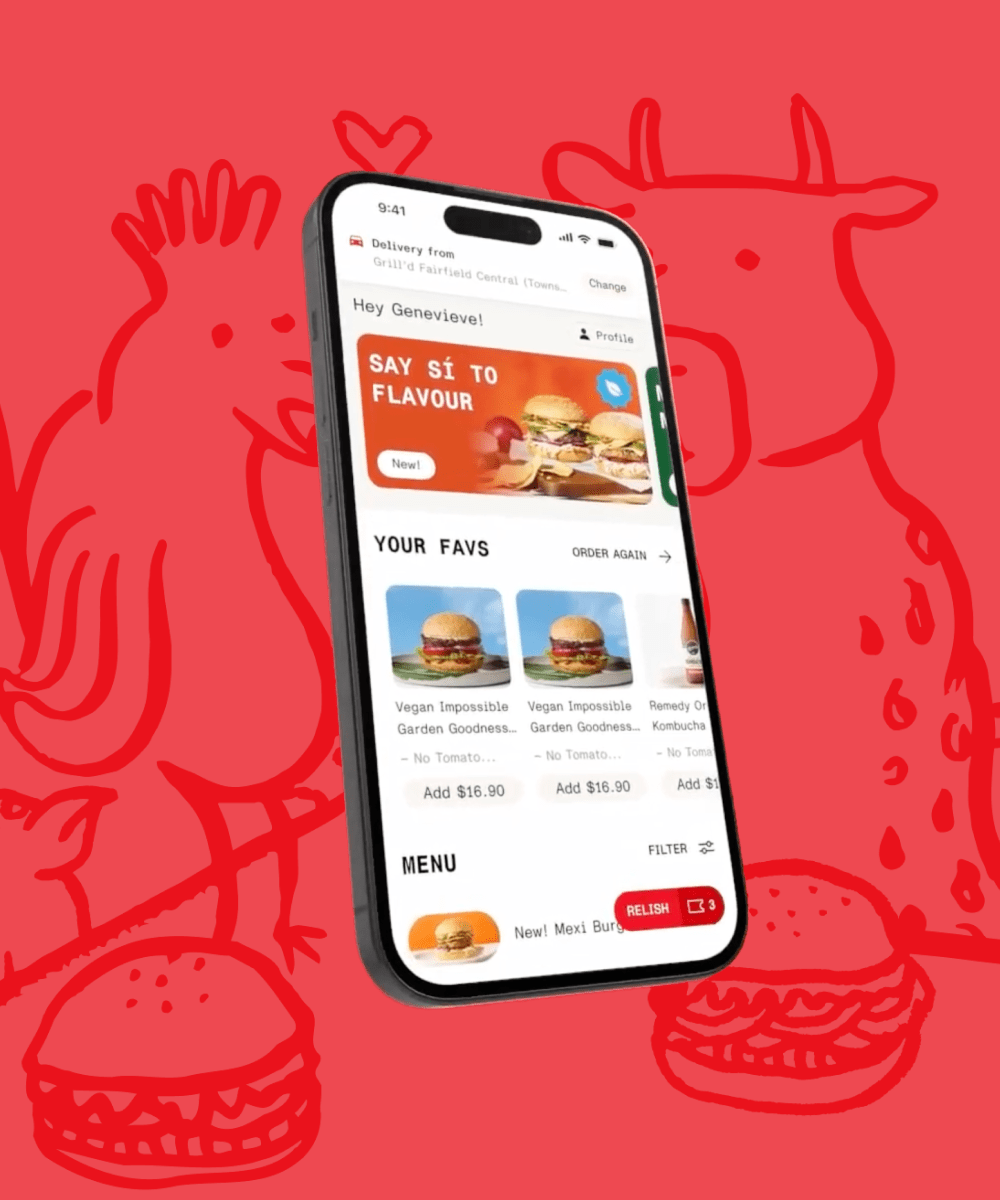How brands can get more value from personalisation [With Optimizely]

In today’s business landscape, personalisation is no longer a strategic choice—it’s a must.
As much as 76% of consumers say that personalisation is a key factor in their purchasing decisions. Additionally, personalisation has also been linked to a 50% reduction in customer acquisition costs and up to an eight-fold increase in return on marketing spend.
Despite the massive push across industries towards personalisation, however, over 60% of marketers are struggling with it. So, what makes personalisation so hard to get right?
Throughout our experience as an Optimizely Platinum Partner, we’ve identified three key areas for improvement.
Strategy: Planning for a marathon, not a sprint
One of the most common obstacles we’ve observed is the absence of a well-defined personalisation strategy. For personalisation to be effective, it needs to be applied and integrated across every aspect of your brand—from data to UX, design to technology.
However, while the overall impact of personalisation depends on how it is applied within these individual aspects, the direct impact on each one is tough to quantify. As a result, it’s all too easy for the specific initiatives around personalisation to lose priority as other business opportunities inevitably arise.
To secure comprehensive buy-in and justify continued investment in personalisation, it’s crucial to demonstrate its tangible value. It’s a good idea to begin with a few quick wins—such as those achievable through a DXP—where success can be measured through a set of predetermined KPIs.
Once you’ve accomplished those quick wins, it’s time to pull back and create a strategic approach based on continuous refinement and expansion. Sophisticated solutions like Optimizely Visitor Groups and Optimizely Content Recommendations help make this process surprisingly easy.
- Optimizely Visitor Groups offers a number of inbuilt capabilities that you can use to create variant content blocks that are adjusted automatically based on who is viewing your brand’s site and when. By taking into account criteria like time of day and whether or not a given user has visited other pages on your site, you can foster relevance and browser intimacy.
- Optimizely Content Recommendations gives you the ability to effectively index your brand’s content, providing users with an AI recommendation of content based on what their browser is viewing in real-time. By continuously recommending relevant content, this solution maintains users’ interests much like “Discover” tabs on social media do, helping reduce bounce rates from your brand’s site.
As you gain deeper insight into the customer journey and a more granular understanding of your customer base, you can hone your strategy even further to manifest exponential improvements in customer engagement, conversion rates, and growth.
Skills & teams: Creating a unified front
Another significant hurdle brands encounter is the shortage of necessary skills and knowledge to execute personalisation campaigns effectively—even when they have the right tools and technology.
From an organisational perspective, for example, a siloed approach to personalisation can restrict knowledge-sharing and limit the scope of an initiative to the speciality of one department.
To drive the best results with personalisation, you need to establish a unified front. By assembling a multidisciplinary team with specialists from across the full spectrum of your organisation, you can work together to assess the full customer journey and create use cases for personalisation that address specific needs.
At the same time, it’s also important to build accountability into your team by assigning a designated person or group to oversee everyone’s efforts and ensure they remain a priority.
In this regard, Optimizely’s Content Marketing Platform can offer a valuable contribution to your brand’s multidisciplinary personalisation team:
- Optimizely Content Marketing Platform (CMP) is used to plan, build, and execute campaigns. Through a set of AI-enabled tools for generation, collaboration, validation, and more, CMP streamlines operations by helping teams monitor progress and maintain accountability.
Data: Fostering structure to gain insight
While businesses amass vast amounts of data, they often lack a structured method for extracting insights, taking meaningful action, and evaluating impact.
This is where the value of a Customer Data Platform (CDP) comes into play. Without one, the lack of structure will be reflected in the quality of your data. Even if you’re relying on multiple tools in lieu of a CDP, the lack of integration will lead to the same issue.
Ultimately, the bottom line is that achieving any significant value from personalisation hinges on a deep understanding of your customer base.
This requires going beyond basic demographics to truly comprehend your customers’ needs, behaviours, and preferences. This is where solutions like Optimizely Data Platform can make a huge difference in your customer comprehension.
- Optimizely Data Platform (ODP) is a CDP that provides real-time segmentation and an assortment of other inbuilt campaign mechanisms, all by serving as a single source of truth for collecting, organising, and analysing your brand’s customer data.
- Optimizely Campaign is one example of an Optimizely solution designed to integrate with ODP. By syncing Campaign with ODP, you can automate marketing campaigns and personalise them based on audience attributes.
Another often overlooked way of gaining this insight is through qualitative research, such as customer interviews and user testing.
Combining those qualitative answers with CDP-enabled quantitative data analysis empowers your business to construct a comprehensive customer segmentation strategy. This understanding facilitates the development of more targeted and impactful personalisation initiatives.
Unlocking the last mile of value
We collect more data than at any point in history, but businesses rarely have a systematic approach to crafting insights from data, taking meaningful action, and closing the loop by measuring the impact.
That’s why we’ve based our approach to personalisation around these four fundamental pillars: Data, Insight, Action, and Impact.
This approach uses a structured process to ensure you’re not only building an understanding of your customer base through data analysis and insight generation, but also implementing those insights strategically to create a measurable impact.
Ready to supercharge your own personalisation strategy? Learn more about our capabilities as Optimizely Platinum Partners.



